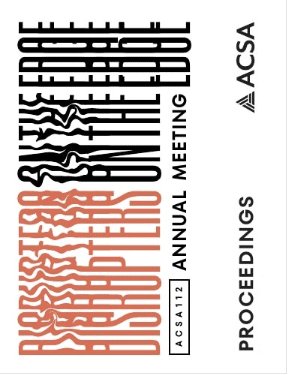Author(s): Julia Lindgren
In today’s construction industry the dominant model for resource consumption is linear, beginning with natural resource extraction and ending with the landfilling or combustion of building materials. According to an Environmental Protection Agency 2020 report, this model generates 600 million tons of construction and demolition debris in the United States annually – more than twice the amount generated by municipal solid waste. Of this total, 25% is delivered to landfills, 75% is recycled, and less than 1% is reused when calculating debris by weight. Current trends prioritize commodity recycling requiring resource intensive processes to repurpose materials versus a circular system that takes advantage of a materials’ inherent ability to be reused. As designers and builders, it is our responsibility to challenge normative patterns of consumption by seeking new ways to use and discard less, rather than working to recycle more. University design build pedagogy offers an opportunity to explore ways in which waste can be designed out of projects by employing, documenting, and analyzing a sustainable material approach to small scale community projects. This case study applies principles from the World Green Building Council’s Circular Built Environment Playbook to the design, planning, and fabrication of a 1,300sf outdoor classroom and site master plan. It was completed as part of two, one-semester fourth-year architecture studios in partnership with the non-profitorganization, Joppy Momma’s Farm.
https://doi.org/10.35483/ACSA.AM.112.79
Volume Editors
Germane Barnes & Blair Satterfield
ISBN
978-1-944214-45-6

 Study Architecture
Study Architecture  ProPEL
ProPEL 
